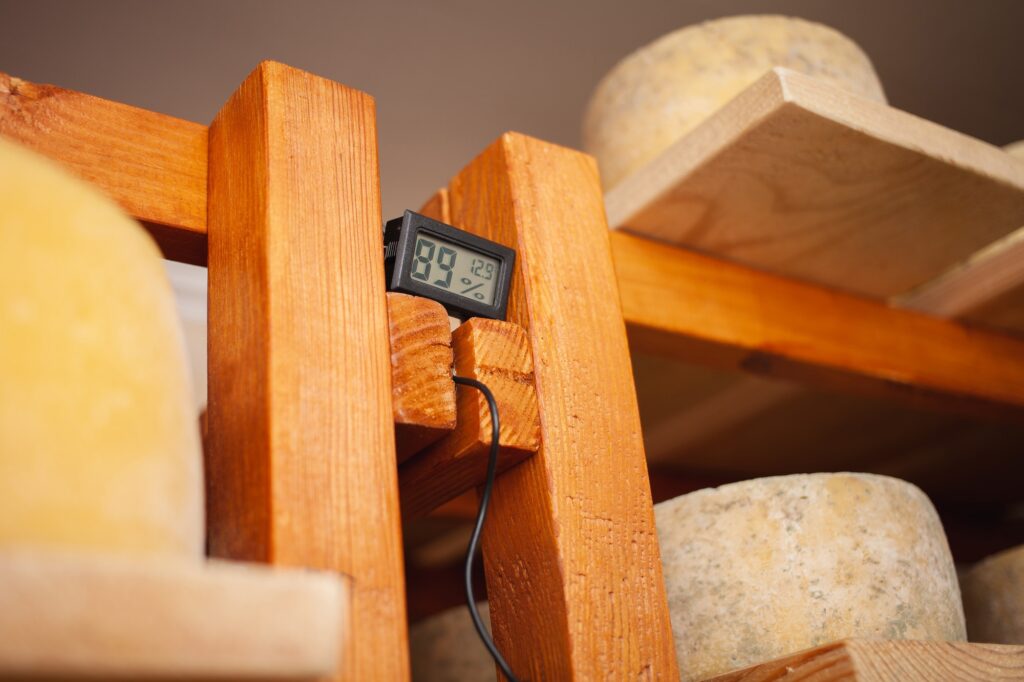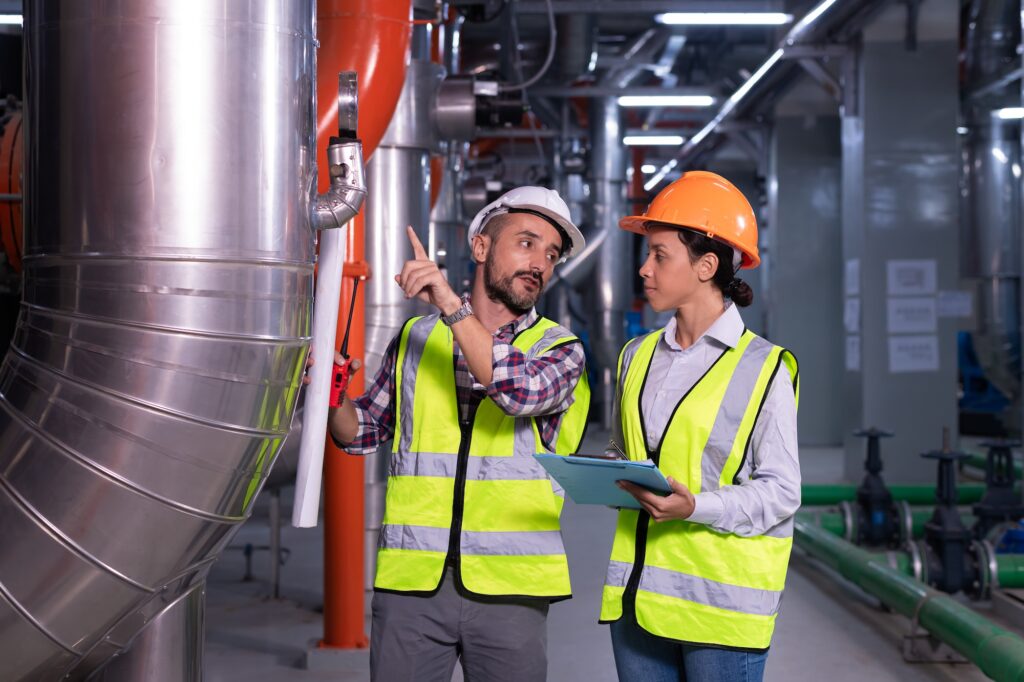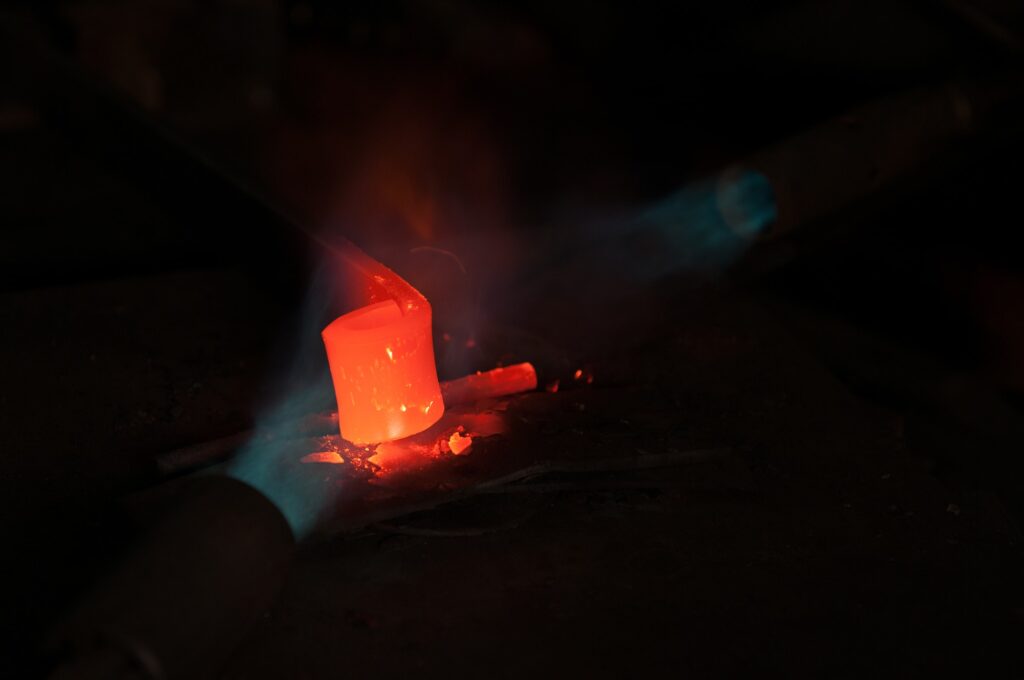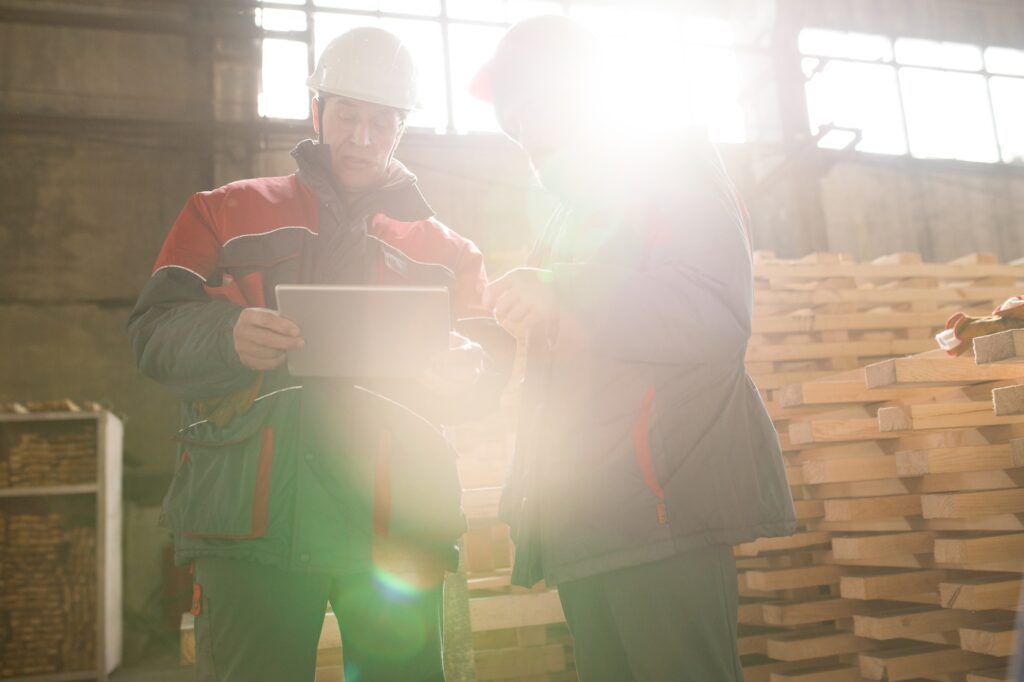Introduction
Did you know that climate can have a major impact on the production of iron castings? Chances are you don’t believe it, but it’s true! In addition to the process requirements, the production of iron castings also needs to take into account the influence of climate factors in order to get your castings produced to perfection.
In this article, we will discuss five factors that affect the production process. These factors must be considered if you intend to produce iron castings in a certain area. By doing so, you can ensure that your castings meet all quality standards and are suitable for use in that climate.
Humidity
First, let’s talk about humidity.
Iron castings produced in dry climates tend to be more brittle and tend to crack or fracture. This is because humidity helps bind the particles of iron together, essentially acting as a glue that holds them tightly together.
In humid climates, this bonding effect increases and creates stronger, more corrosion-resistant castings. While we don’t recommend operating your metal foundry in a rainforest (although it can be quite beautiful), you’ll want to consider humidity when choosing a location for your metal foundry.
Castings produced in humid climates will have better ductility and are less likely to fracture. This is because the moisture in the air helps lubricate and shape the iron to the desired shape.

However, too much humidity can have a negative impact on quality. If the humidity is too high, the cooling process may cause condensation to form within the casting, which can lead to porosity or other defects.
High humidity environments are beneficial for producing strong and durable iron castings. Higher humidity causes the surrounding air to become saturated with moisture, which allows the molten iron to form a strong and uniform bond as it cools. While this type of environment is ideal for producing quality castings, it does come with its own challenges.
For example, areas with high humidity tend to rust more easily due to the increased moisture in the air. This means that iron castings produced in this environment need to be treated with rust-proof coatings or preservatives to help protect them from corrosion. In addition, high humidity can cause parts to shrink as they cool, leading to problems with fit and finish.
In summary, while higher humidity can be beneficial in producing quality iron castings, it needs to be carefully managed. If the humidity is too high, it can lead to problems such as corrosion or shrinkage. Conversely, if humidity is too low, castings can become brittle and break easily. When choosing a location for your metal foundry, be sure to take humidity levels into account before making any decisions.

Air Temperature
Secondly, temperature has an effect on the quality of iron castings.
Summer and winter bring considerable impact on the production of iron castings due to the difference in temperature. In hot weather, the air temperature rises, which can lead to shrinkage and porosity of the castings. This means that when you produce iron castings in the summer, you may be left with a lot of problematic goods.
On the other hand, the opposite happens in cold temperatures – castings have a tendency to expand and crack. Therefore, it is important to carefully control the air temperature in the production environment if you want to get consistently high quality castings.
If you plan to source iron castings in other countries, then researching the temperature in the other country should also enter into your plans. This is important because you don’t want your castings to arrive at the point of production only to find that they have failed due to temperature-related problems.
Of course, it’s not just air temperature that affects iron castings; there are a variety of factors at play. However, understanding that air temperature affects the production of iron castings is critical to obtaining a high quality end product. Since summer and winter temperatures can be very different, it is wise to adjust your schedule accordingly if you want to get consistent results.
Alternatively, you can commit to a production environment under some sort of temperature control by monitoring the air temperature in the field in real time and keeping it constant to ensure you get top quality castings every time.

Oxygen
Next, we need to consider the exposure to oxygen.
If too much oxygen is present in the casting process, the result will be a porous and brittle iron casting. This is because oxygen combines with the molten iron as it cools, forming an oxide layer on the surface of the casting, which is undesirable! But don’t worry too much – if you keep an eye on the oxidation level during processing, you’ll get stronger and denser castings.
The takeaway here is that oxygen isn’t always a bad thing – it just needs to be managed properly. Sometimes adding a small amount of oxygen to the casting process can actually improve the strength and reduce the porosity of certain types of iron castings. This is because it helps reduce or even eliminate shrinkage voids and other common casting defects.
So while oxygen can be a problem when present in large amounts, it is actually beneficial to have a controlled level of oxidation during the iron casting process. It all comes down to knowing how to manage and monitor the effects of oxygen on casting production. With careful monitoring and control, you will end up with higher quality iron castings.

Atmospheric Pressure
We also need to pay attention to atmospheric pressure.
Atmospheric pressure may sound like a subtle factor, but it can have a serious impact on the quality of your castings. Higher atmospheric pressures, due to increased gas expansion and lower density in the metal, can cause problems in casting at high altitudes, often contributing to increased porosity and shrinkage defects. Therefore, it is important to adjust your production methods when working at high altitudes.
Lower atmospheric pressures tend to reduce the occurrence of these types of problems. However, if left unaccounted for, low pressure can also cause problems. Lower air pressures can lower the atmospheric boiling point of the iron, which can cause castings to not solidify properly and increase porosity problems in castings.
Therefore, it is important to observe atmospheric pressures when producing castings – both high and low pressures can cause problems. It is best to adjust the production process accordingly to account for pressure variations. In addition, knowing how atmospheric pressure affects the casting process can help you make a more informed decision when choosing a casting location.
In summary, high air pressure increases gas expansion and reduces the density in the metal, making it more difficult to produce high-quality castings. On the other hand, lower air pressure often leads to problems with iron solidification.
So whether you are at the highest or lowest elevation, atmospheric pressure can have a big impact on your iron castings. This is an important factor to consider in order to achieve good results – don’t forget to adjust accordingly.

Sunlight
Finally, don’t forget the effect of sunlight on the production of iron castings.
Direct exposure to sunlight causes reactions in the metal that can lead to cracking, warping or other defects.
To prevent such problems from occurring, it is important to take steps to protect the casting from strong sunlight and to cover it during daylight hours. This may involve using a tarp or blanket to cover the material until the sun goes down, or investing in an elevated structure that shades the area during the day.
In addition to protecting your castings from direct sunlight, it is also important to keep them away from heat sources such as fires and ovens. Too much heat can cause the grains within the metal to grow and expand rapidly, which in iron castings can potentially lead to cracking or warping. For this reason, it is best to keep castings away from any kind of heat source.
On the other hand, sometimes you can use the sun’s rays to your advantage. If you want to cast a specific shape or texture, using the sun’s heat and light can be a great way to achieve that effect.
Ultimately, sunlight can have both positive and negative effects on iron castings. As long as you remember to take the proper steps to protect your castings from direct exposure, you should be able to create a quality cast product.
Conclusion
This article, in total, summarizes the effects that climatic factors have on the production of iron castings. They are humidity, air temperature, oxygen, atmospheric pressure and sunlight.
If you take into account these external environmental details in addition to the process when producing iron castings, you can be sure that they will meet all quality standards.
Castimoo is located in a city in southern China, where high humidity, uniform sand and the right amount of quartz in the sand make it particularly suitable for making highly accurate iron casting products.
We have perfect production equipment and quality inspection process, and we are ISO9001 certified, and our products are recognized by domestic and foreign customers. If you need to purchase grey cast iron or ductile iron products, please feel free to contact us. We hope that through our products and services, we can bring you greater benefits.
